Hi all! as I am attempting my first plumbing project and the stakes are high, I would greatly appreciate picking your experienced brains regarding valves. I am building an overland truck/motorhome and since I will be traveling to remote areas and underdeveloped countries I'd like my plumbing choices and parts to be as reliable as possible. Not only can a leak be catastrophic in a motorhome but also I rather not have to carry too many spares of everything with me.
I gather from online sources that using 1/2 - 3/4 inch PEX-A is the preferred type of pipe for what I am trying to do.
1- If I you were to choose one way to divert water flow with a solenoid valve and trust it to last long and without problems, how would your setup be? Perhaps one 3-way solenoid valve, or two 2-way solenoid valves and a tee, or something else?
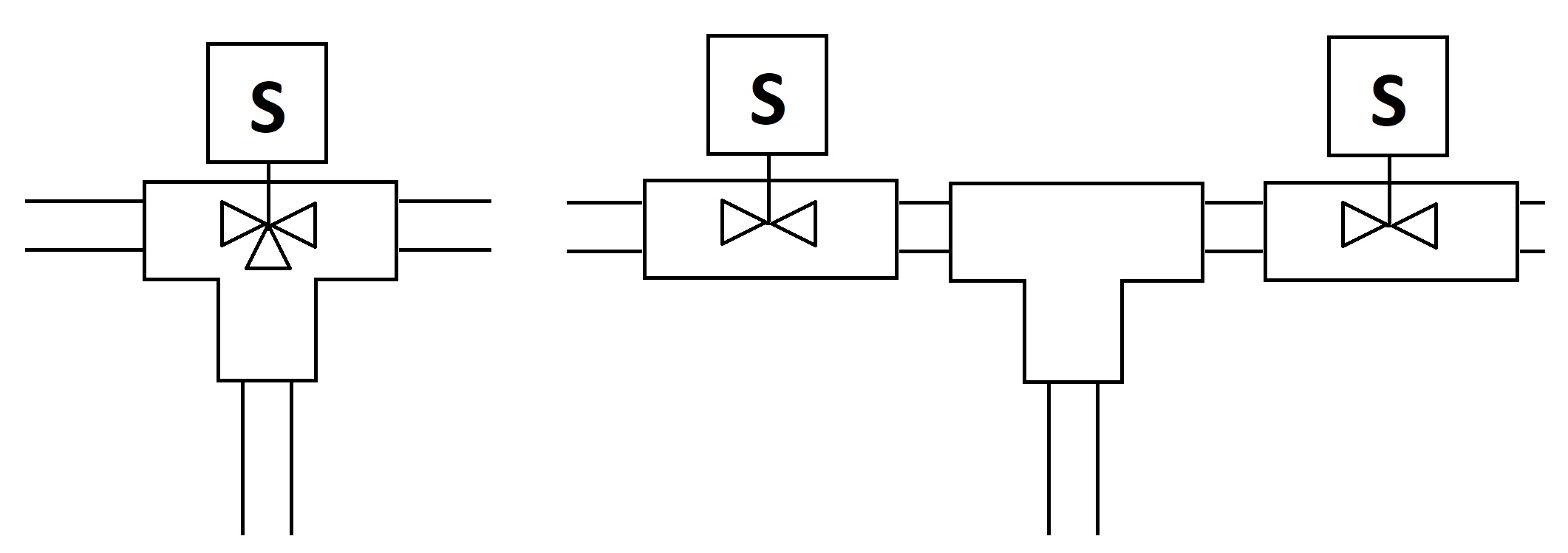
2- What solenoid/motorized valve brands do you trust most (inside the 1/2 - 3/4 inch range of products)? How about manual valves?
3- I can find manual valves with Uponor/wirsbo type fittings, but not on the solenoid valves.
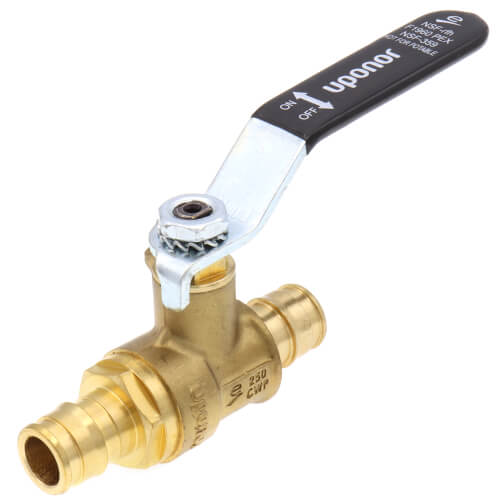
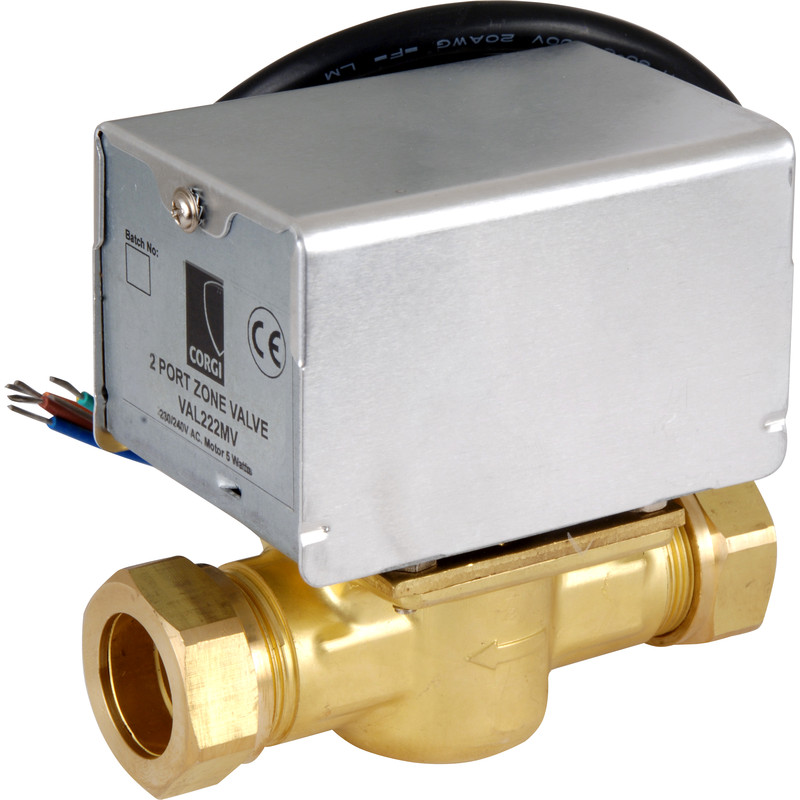
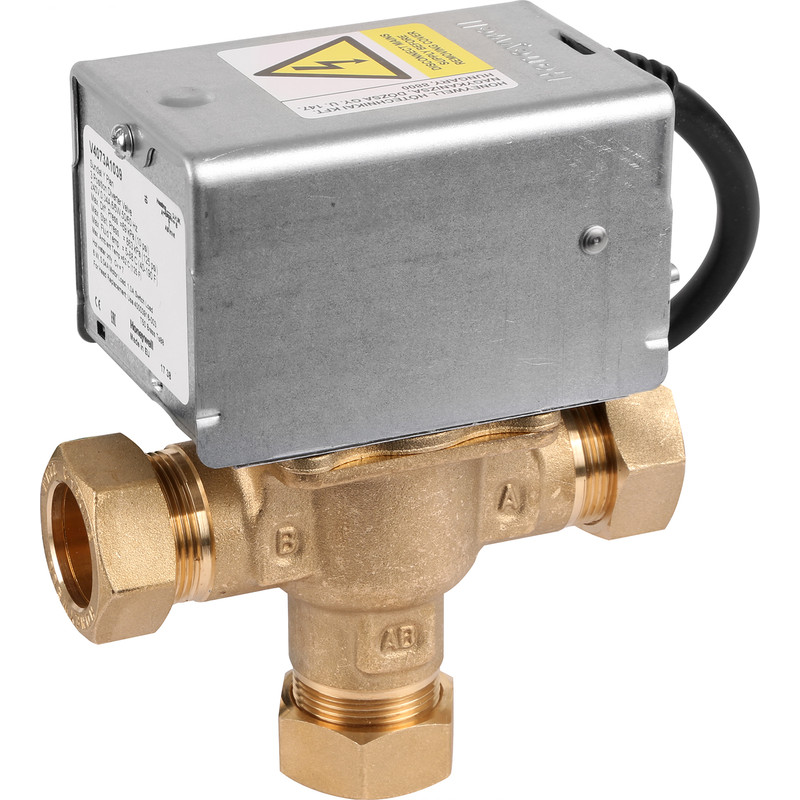
So I should assume everyone uses these threaded male adapters right?
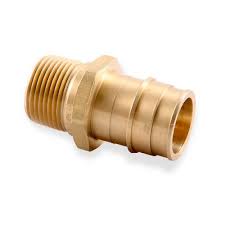
Truly grateful for any tips and advice guys, I am quite out of my depth with this stuff!
Raul L
I gather from online sources that using 1/2 - 3/4 inch PEX-A is the preferred type of pipe for what I am trying to do.
1- If I you were to choose one way to divert water flow with a solenoid valve and trust it to last long and without problems, how would your setup be? Perhaps one 3-way solenoid valve, or two 2-way solenoid valves and a tee, or something else?

2- What solenoid/motorized valve brands do you trust most (inside the 1/2 - 3/4 inch range of products)? How about manual valves?
3- I can find manual valves with Uponor/wirsbo type fittings, but not on the solenoid valves.



So I should assume everyone uses these threaded male adapters right?

Truly grateful for any tips and advice guys, I am quite out of my depth with this stuff!
Raul L


